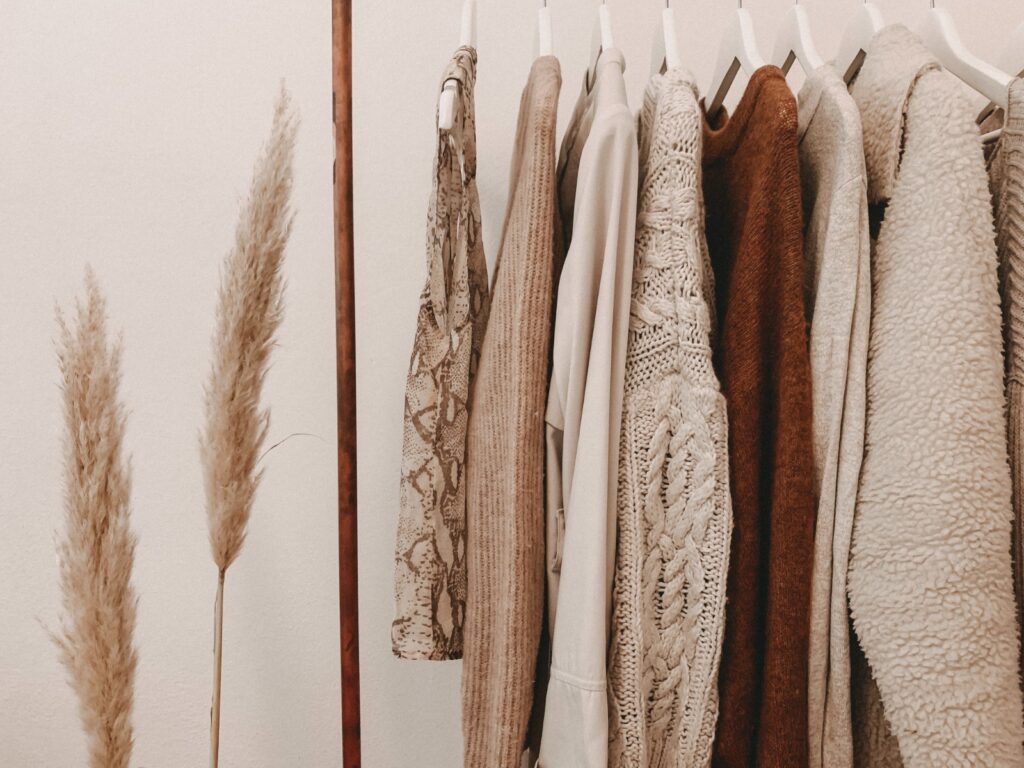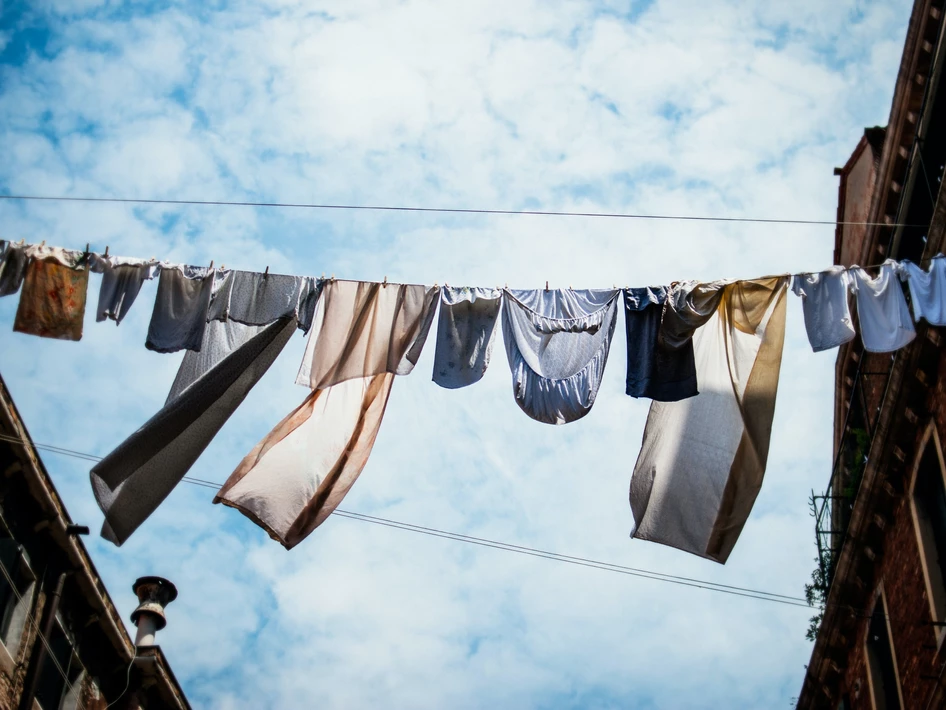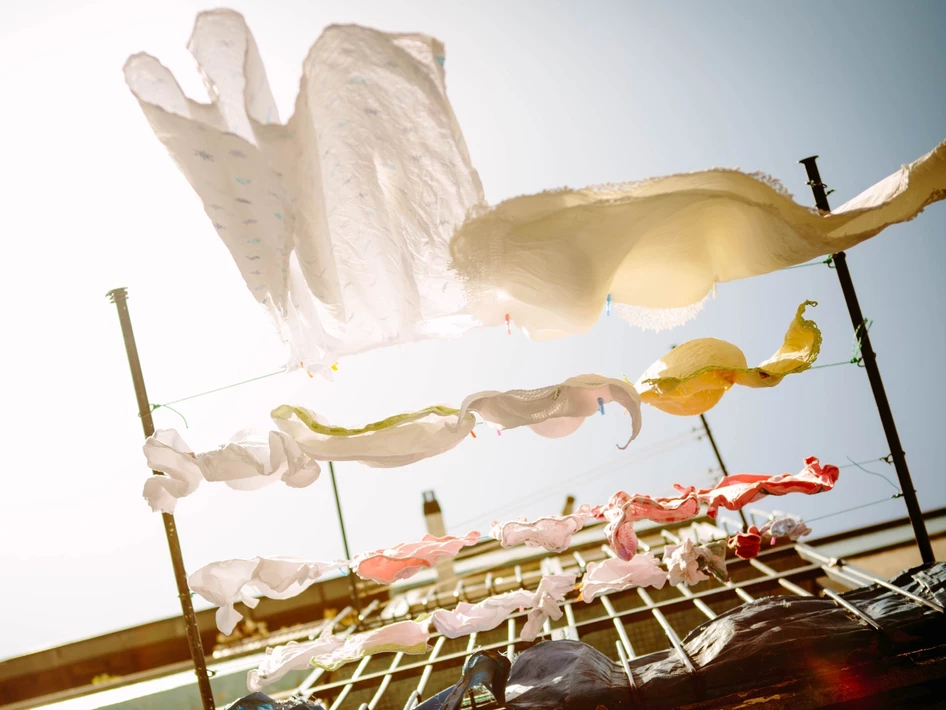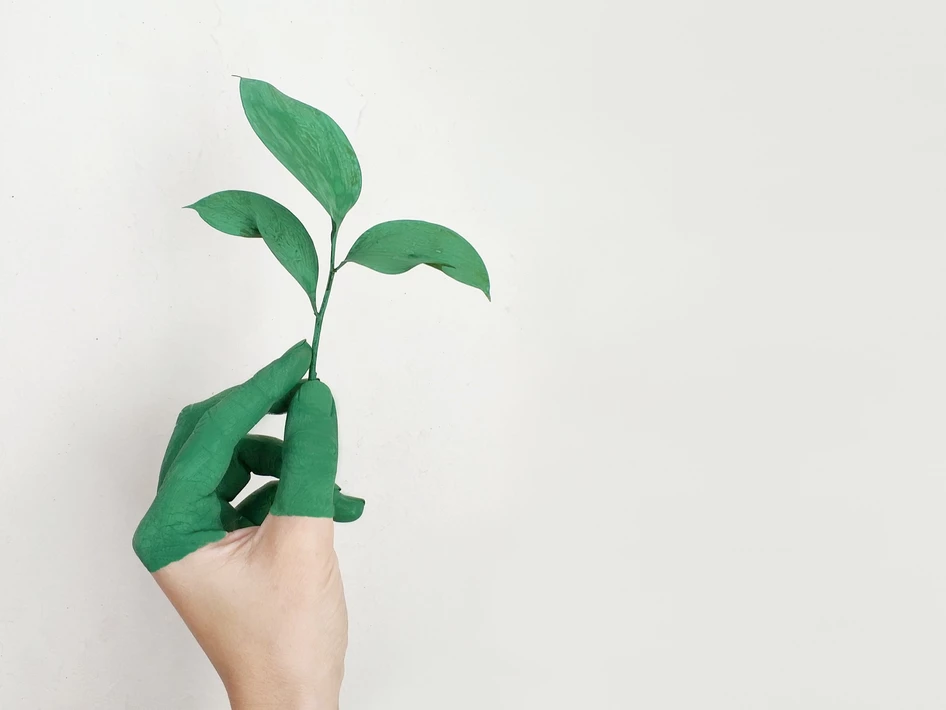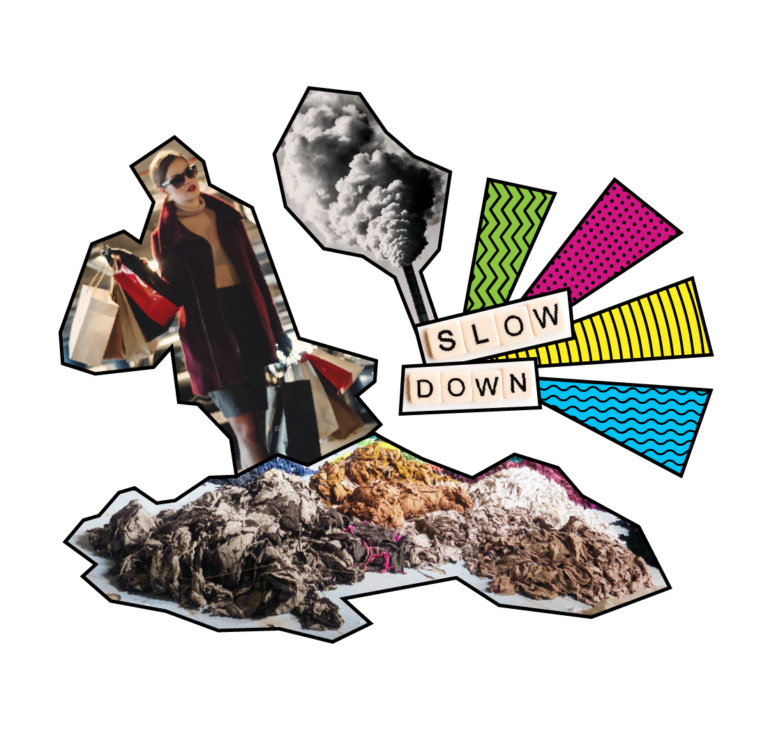Winter’s here. And, so are the winter fit checks. Be it that leather jacket you’ve been waiting to flaunt, or styling all those different layers – now is the time!
But, did you know those cosy wool sweaters could be hurting the planet, and not just animals?
And do you know what is the actual fibre composition of your favourite faux fur coat?
How aware are we of the materials we wear?
If you’ve been asking these questions, we’ve got you covered. Let us take a closer look at five popular winter materials, and how pretty or not they are for the planet, the animals and the people.
Wool
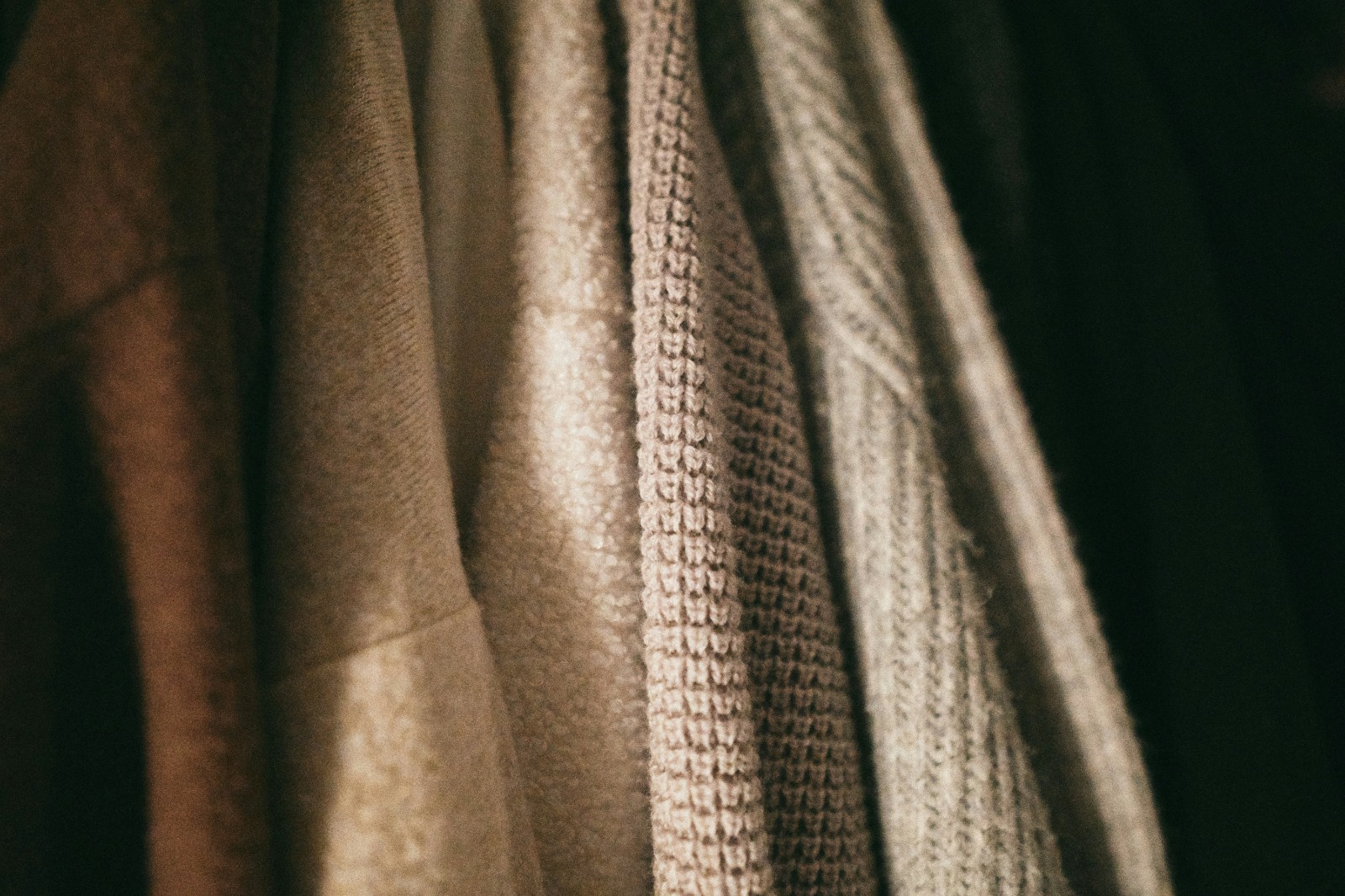
The pretty: Wool is known to be one of nature’s best insulators. Procured from sheep, the wool fibres contain protein molecules called keratins, which are effective in trapping air and moisture, keeping us warm in winter. Wool is cosy, lightweight, strong and long lasting, making it an ideal fabric to help beat our winter blues. Most sheep wool fibres are naturally coated with Lanolin, a thin wool wax, that prevents the growth of mould or bacteria, making it easy to clean and less likely to cause allergies. Being a natural fibre, wool is 100% biodegradable and compostable.
The not-so-pretty: To make wool cost effective, it is mostly blended with synthetic materials, taking away its biodegradability and hypoallergenic nature. But on its own, wool is an expensive material. It is also highly absorbent, which causes it to stain easily, making it impractical to use. However, the most concerning issue is that, according to Collective Fashion Justice, all sheep who are bred for wool are also slaughtered and sold as meat, which is contrary to the common understanding that the sheep are not being caused any harm. Besides, the sheep also go through immense physical and psychological trauma during the shearing process (the removal of the fleece).
What to do: Read the label. Secondhand wool is your best bet, since wool is a durable material. And, opt for brands that are using non-mulesed wool.
Faux fur

The pretty: As a cruelty-free alternative to animal fur, faux fur or fake fur is a fabric made to simulate real fur and is mostly a blend of synthetic fibres, such as polyester and acrylic. This animal-friendly fabric is warm, durable and versatile. Due to its soft, silky texture, it has been widely used to line winter coats and even as a design detailing on jacket hoods. While it looks similar to real fur, faux fur is far more affordable and is also more readily available, and not limited to luxury brands.
The not-so-pretty: While faux fur may be animal-friendly in its production, it isn’t so in the long run. And at no stage is it planet-friendly. The synthetic materials used in the production of faux fur are mostly petroleum-based–a form of plastic. So not only is the impact of production high, they also release microplastics and are non-biodegradable, as opposed to animal fur, which is compostable and biodegradable. Also, the people in the factories that produce imitation fur are exposed to a lot more harmful chemicals.
What to do: You can go for plant-based fur options and faux fur that is being made from recycled plastic bottles. Or, choose secondhand animal fur or faux fur options available in the market.
Fleece
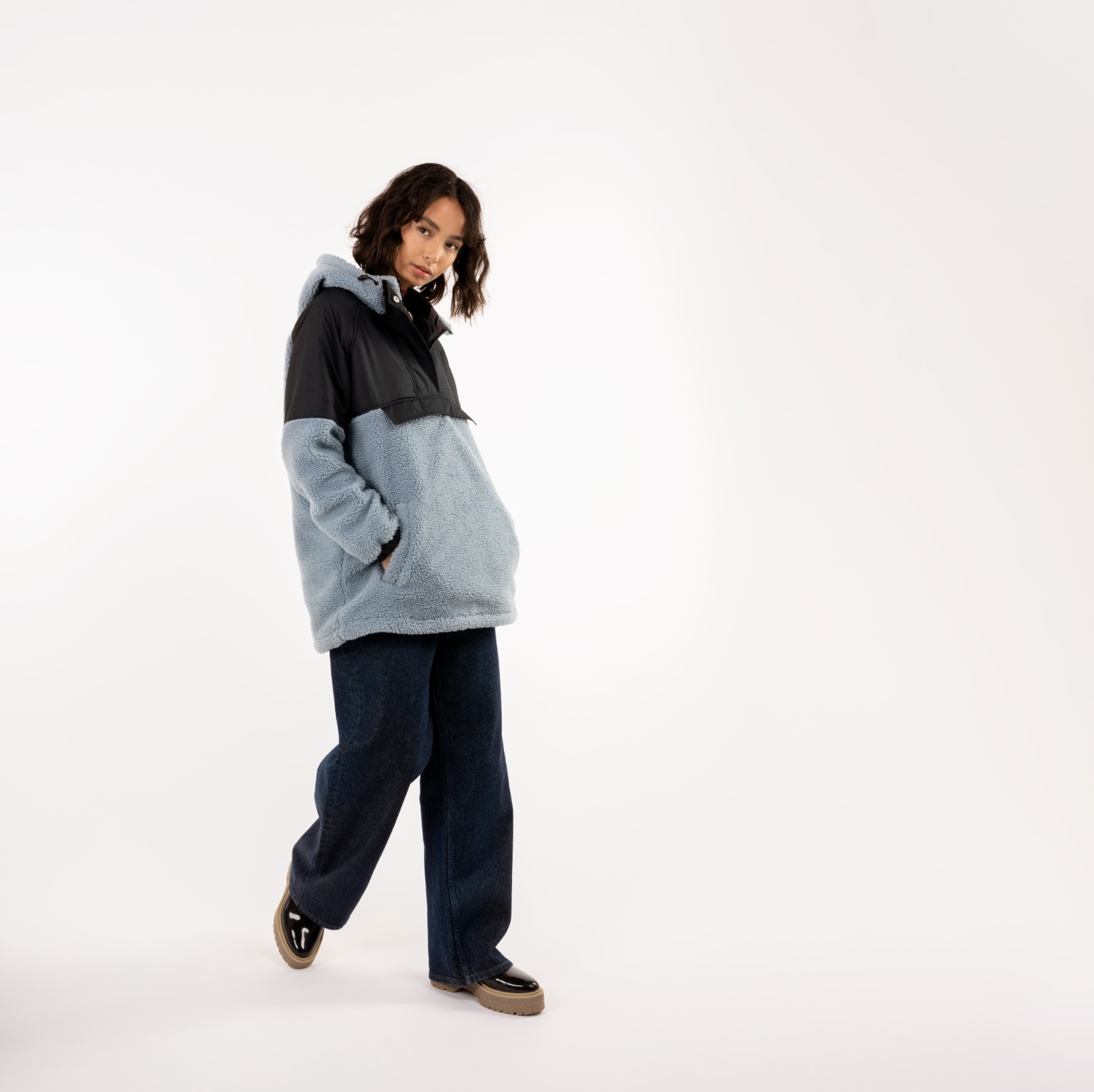
The pretty: A popular material for athletic wear, fleece is a man-made synthetic product. Although the fabric is created from polyester, it is super soft, warm and breathable. Being a popular choice for outerwear, especially sportswear, fleece is moisture-resistant and is also considered much warmer than wool but lighter to wear. Other natural fibres like wool or hemp can also be blended with fleece, and can instantly warm up the skin, making it one of the most-used materials for winter clothing. With recent technological developments, fleece can also be made from recycled plastic bottles, as made popular by sporting brand, Quechua.
The not-so-pretty: The obvious implication is the high percentage of the synthetic materials in the production of fleece and, therefore, the lasting impact of these materials on the environment. These materials are responsible for shedding microplastics, and for releasing carbon into the air if and when they land up in landfills. Fleece is also highly static, making it susceptible to attracting lint, dust or pet hair. It can be easily damaged from a machine wash, where it also releases more microplastics, making it a high maintenance material.
What to do: Try and wash your fleece jacket only when you absolutely have to. You can opt for other alternatives for athletic wear like cotton during the start of winter and perhaps switch to a wool alternative when it’s colder.
PU leather

The pretty: PU leather, born as an alternative to conventional leather, is made from a synthetic material called polyurethane. Usually combined with a backing material made from fabric or a blend of fabric, this synthetic leather provides a similar touch and feel as real leather. And, it is highly affordable. Apart from being a vegan solution to leather, PU leather is durable and far easier to clean and maintain.
The not-so-pretty: PU leather can easily crack and peel, drastically reducing its lifespan. Once it ends up in landfill, the polyester will take hundreds of years to decompose, simultaneously releasing carbon into the air. PU is also a harmful chemical to work with, has a high environmental impact during production, and releases microplastics into the environment. Not to mention the fact that you’re basically wearing pure plastic.
What to do: Do your research, there are numerous plant-based leather alternatives available. Or, opt for a vintage original leather product.
Corduroy
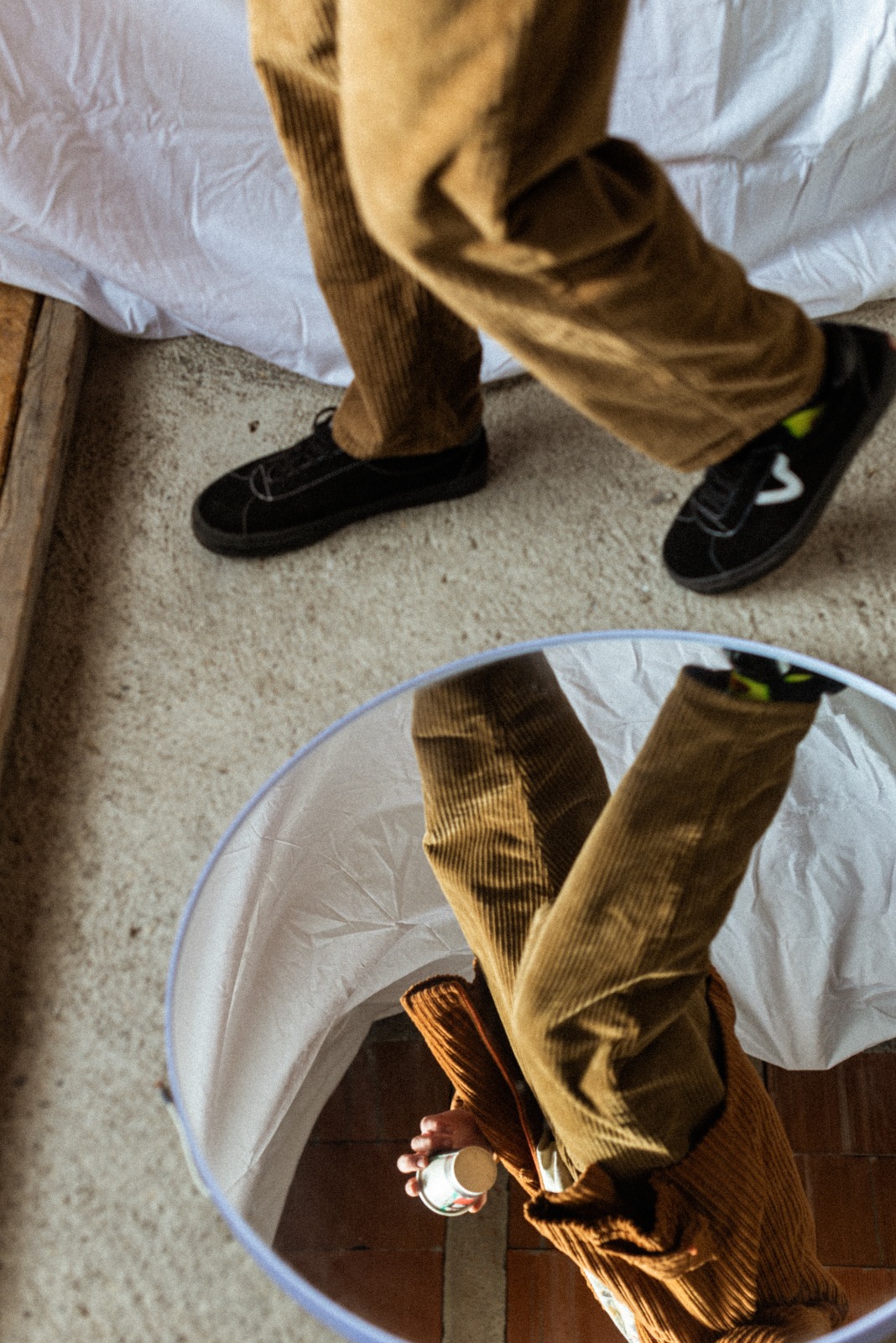
The pretty: A durable ridged fabric, corduroy can be woven with cotton, wool or polyester. Also seen as an affordable alternative to velvet, it is sturdy and durable, making it an apt choice for winter wear. With a distinctive make of the material, the corduroy trousers and jackets, due to their style and functionality have also always been a fashion favourite.
The not-so-pretty: As corduroy is often blended with cotton or polyester, the environmental impact of a corduroy-polyester blend cannot be neglected. Polyester makes corduroy non-biodegradable. As a result, it will take hundreds of years to decompose, releasing carbon and methane into the air, and microplastics into the water. The corduroy material is prone to sticky hair, and can be difficult to handle. Corduroy is also highly susceptible to shrinkage, especially if washed at high temperatures. The price point of corduroy is on the higher side, too, in comparison to other cotton blends, making it a less favourable material for regular use.
What to do: Read the label. You want to go for a cotton-based corduroy. The best way to buy plant-friendly, designer corduroy is thrift shops or vintage.
Is any of these your go-to fabric for winter? Tell us in the comments.

